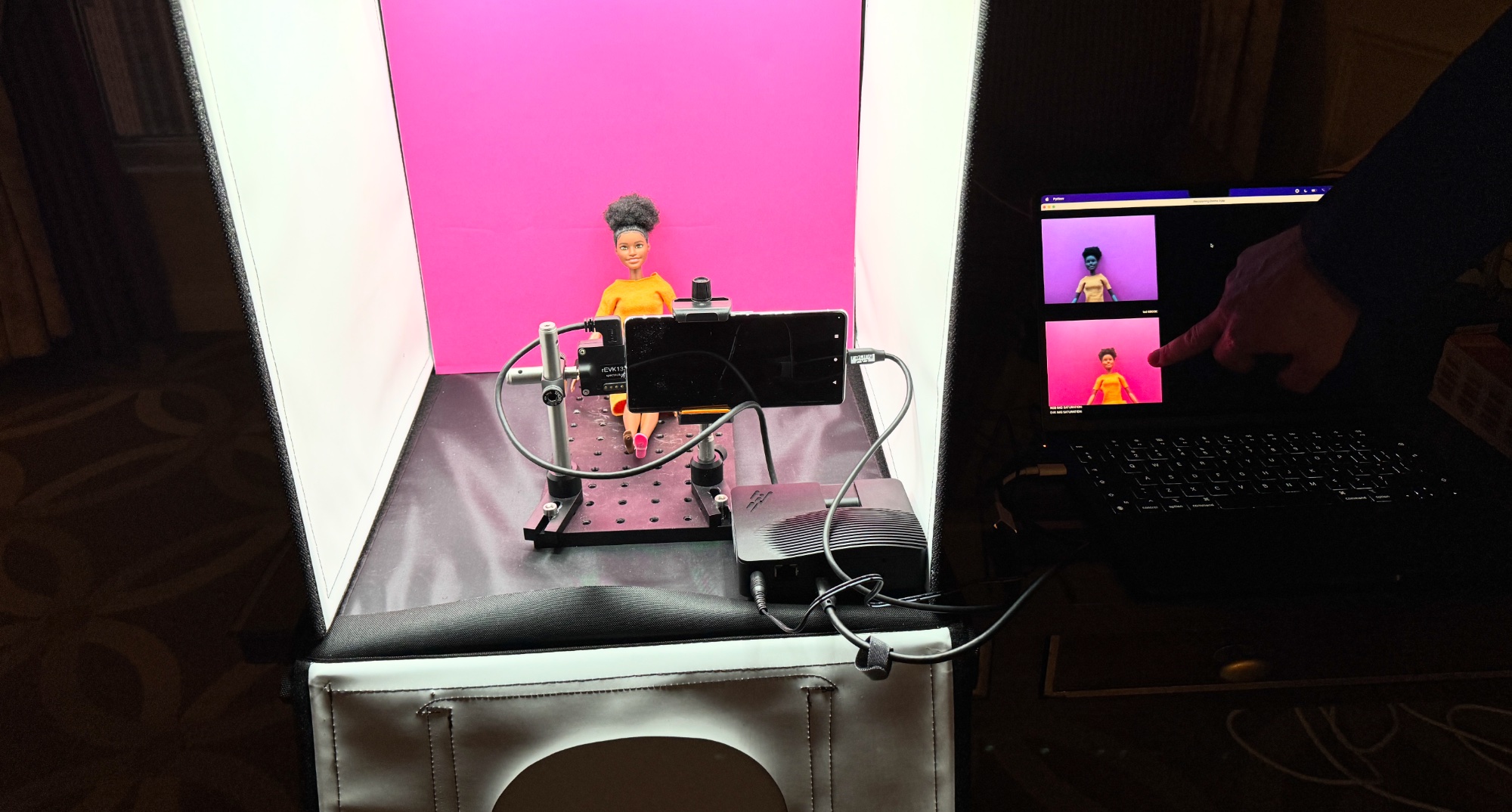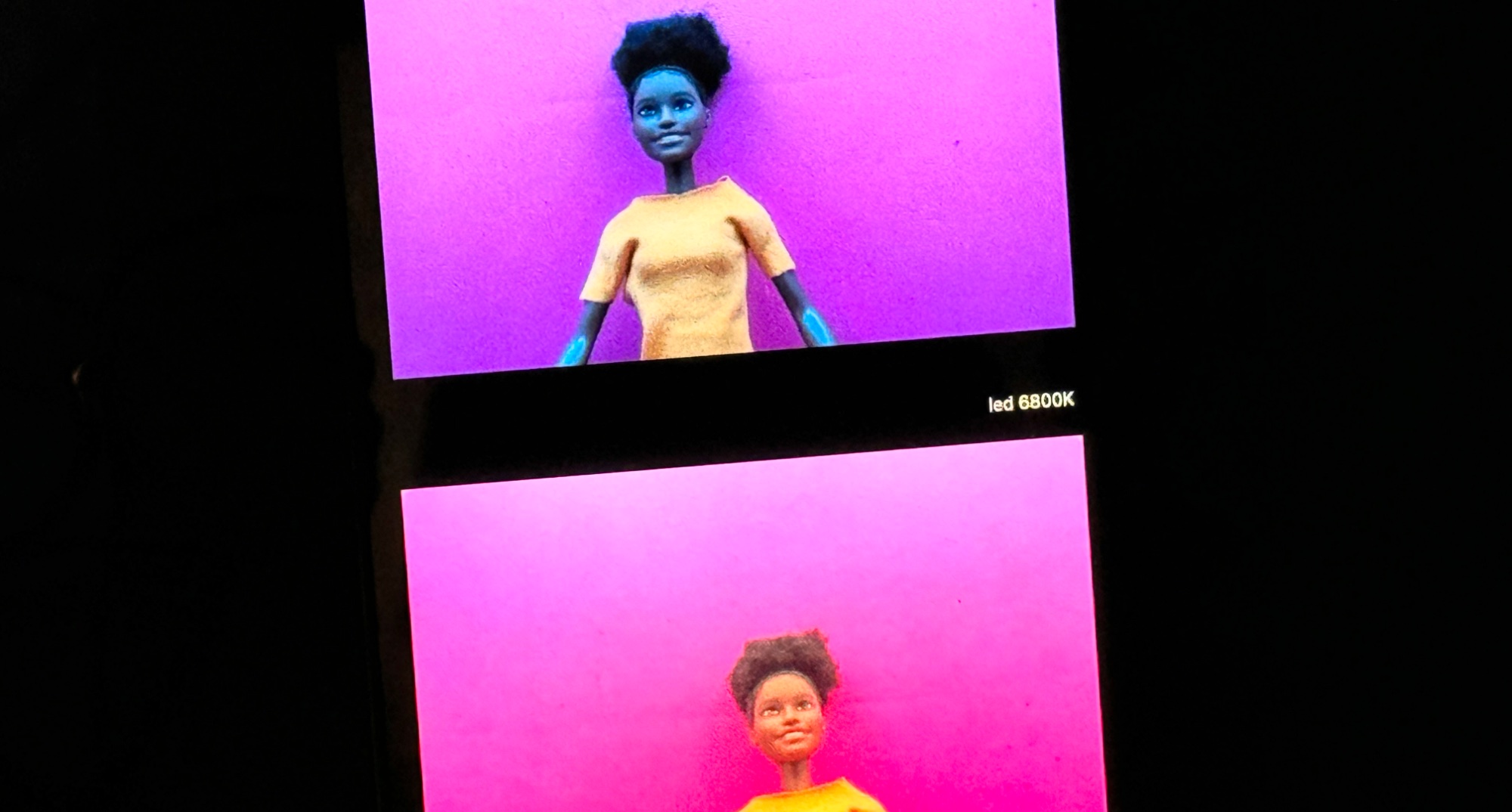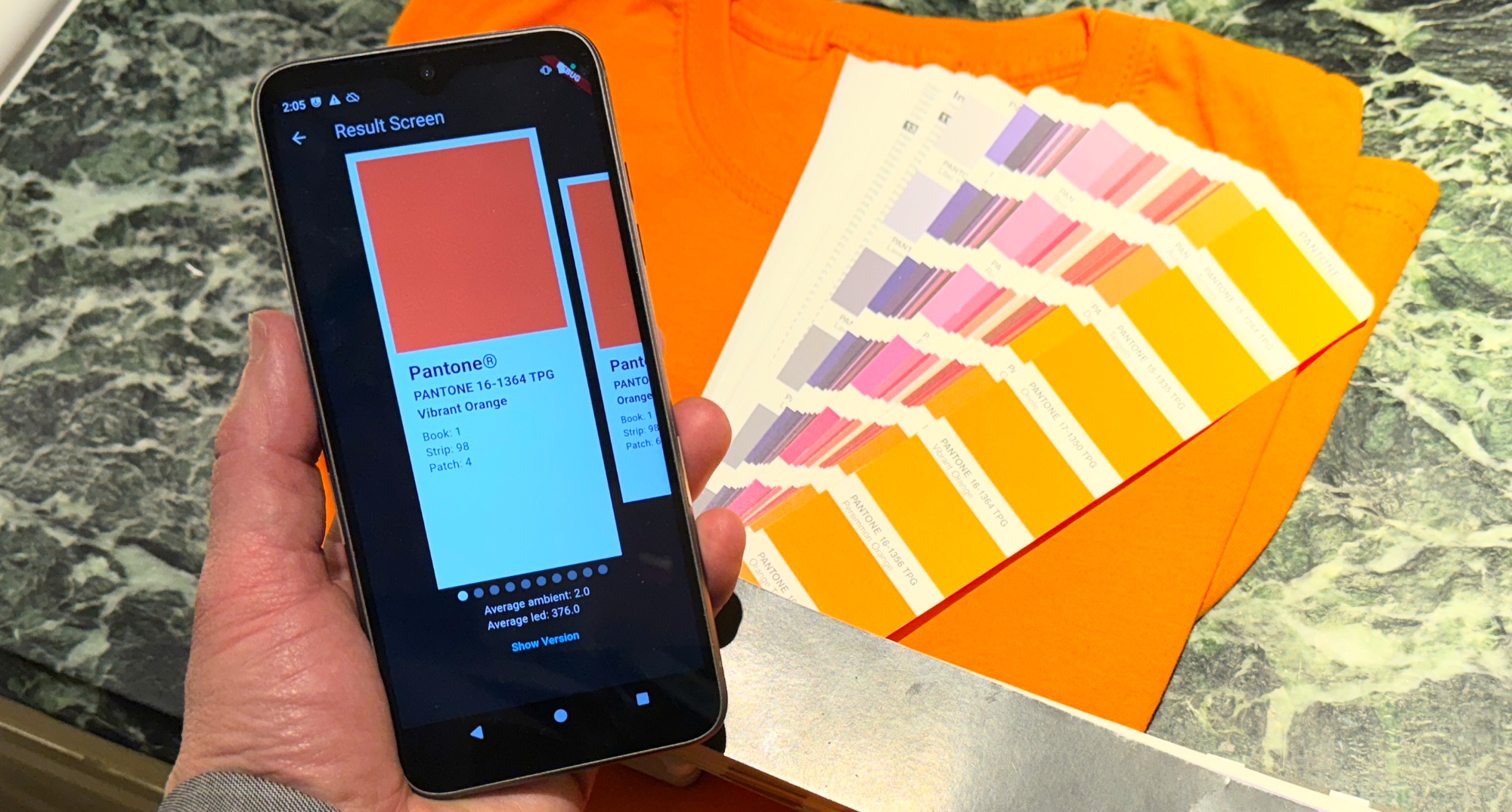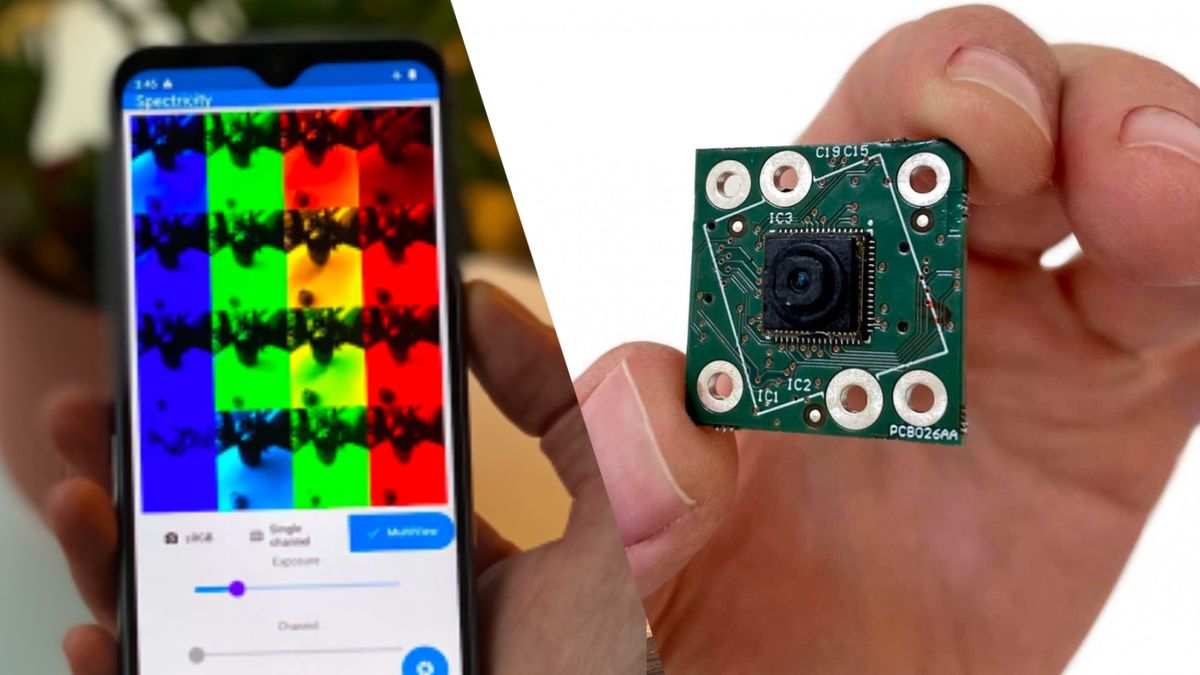Right now the biggest trend in the best camera phones is AI. Every smartphone maker is using machine learning to make pictures look better via photo processing. And both Google and Samsung are employing generative AI on the Pixel 8 and upcoming Galaxy S24 series to let users do things like move subjects around or fill in backgrounds.
But what if the picture you took looked great the first time, with truly accurate colors and white balance? Spectricity is hoping to make a huge splash in this space, and at CES 2024 it showed off its first multispectral camera in a phone designed to enable “true colors” in smartphone pics.
I know what you might be thinking. Google already made a huge deal about its Real Tone technology in introduced with the Pixel 7 series in 2023. But while impressive, that was designed to only reproduce more accurate looking skin tones. Spectricity is for everything you capture.
The company claims that its S1 multispectral camera can assess colors more accurately than the naked eye. It can sense 16 different wavelengths simultaneously, replacing error-prone AWB algorithms used with RGB sensors. We got our first Spectricity demo last year, but now it has built its tech into a smartphone prototype.
During a demo comparing Spectricity’s camera versus a Google Pixel 7 Pro, both captured an image of a dark skinned doll with pink paper in the background. But Google’s phone struggled to produce accurate colors, and the objects turned different hues in the captured images when the LEDs changed from warm white to neutral white and cool white.

Meanwhile, Spectricity’s shots were much closer to what I saw and they stayed fairly consistent throughout. I do wish they had chosen the Pixel 8 Pro for a more recent example, but the differences were still impressively stark.

In a second demo using a prototype camera phone with Spectricity’s sensor, it snapped a photo of an orange T-Shirt and then looked up that color via an app. Sure enough, it exactly matched the Vibrant Orange color on a Pantone color matching tool.
Better looking photos is only one application of Spectricity’s multispectral imaging. It could be used for e-commerce, as well as makeup applications, and it could possibly even help identify skin conditions and diseases.

Spectricity says that it is working with almost every major smartphone manufacturer to test its solution. And while the press release states that this camera “”can be in any smartphone within 2 years,” Vincent Mouret, CEO of Spectricity, told me that we could see a handset with this camera as soon as 2025.
We can’t wait to test this sensor in a major camera phone to see if it truly lives up to the hype.
More from Tom’s Guide

Laura Adams is a tech enthusiast residing in the UK. Her articles cover the latest technological innovations, from AI to consumer gadgets, providing readers with a glimpse into the future of technology.








